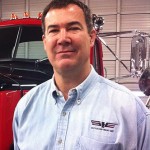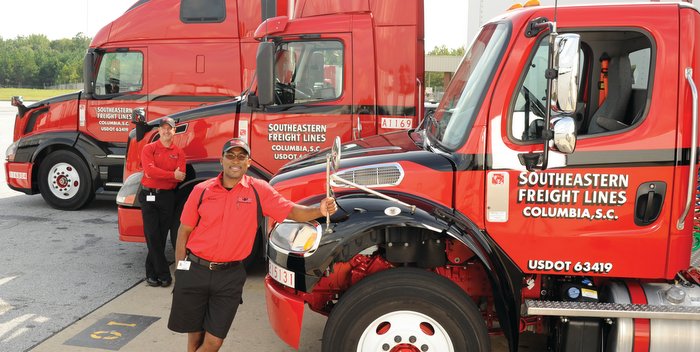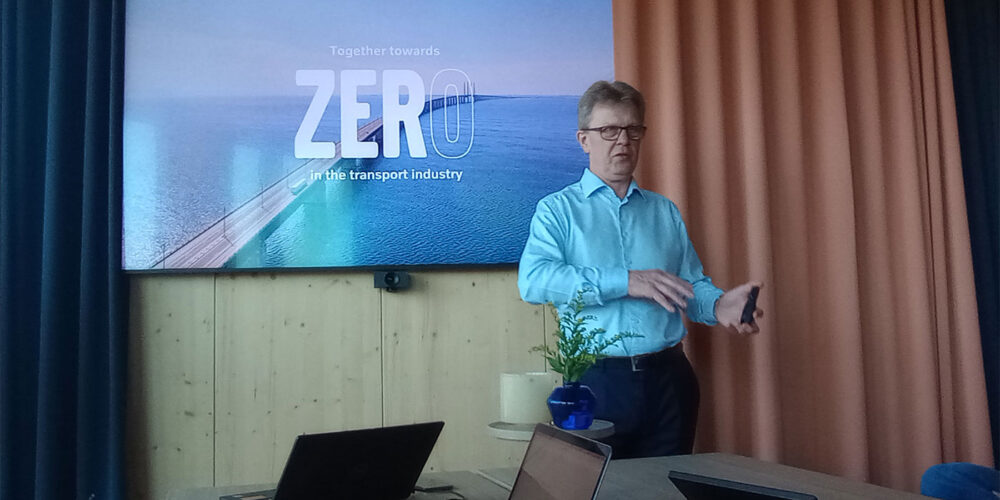Southeastern Freightlines (SEFL) has been successfully delivering freight for more than 60 years and has always been a competitive fleet. Fleet Equipment talked with the fleet to learn how incorporating new technologies has figured into the company’s success.
Choosing equipment
 According to Kerry Stritt, vice president of fleet services for SEFL (pictured left), “Having the right type and right amount of equipment is critical to our success. We work together with our operations department to purchase the right type of equipment and the correct number of each configurations—tractors, trailers, dollies, forklifts, company cars, etc. We then look at all aspects of the equipment to ensure we get the most economical equipment to run over the expected life of the vehicle. It is truly a team effort between fleet services and operations.”
According to Kerry Stritt, vice president of fleet services for SEFL (pictured left), “Having the right type and right amount of equipment is critical to our success. We work together with our operations department to purchase the right type of equipment and the correct number of each configurations—tractors, trailers, dollies, forklifts, company cars, etc. We then look at all aspects of the equipment to ensure we get the most economical equipment to run over the expected life of the vehicle. It is truly a team effort between fleet services and operations.”
Tracking maintenance
With a diversified fleet of vehicles running all over the country, controlling preventive and regular maintenance schedules can be a challenge. SEFL has been using an effective maintenance program developed internally to flag all the required preventive maintenance cycles. “We are currently upgrading our software that will provide real time information as well as life cycle costing for every piece of equipment,” Stritt notes.
The fleet uses PeopleNet software, which it integrates with several different OEM diagnosing software packages to help track and record maintenance issues. “We are getting real-time health reports for all of our tractors,” Stritt says. “This technology is new to the marketplace, but it is a game changer since it provides information related to preventive maintenance, which helps limit breakdowns.”
Adding integrated powertrains
The fleet continues to embrace technology by adding integrated powertrains to some of its recent equipment purchases. “Our previous two years of purchases have focused on vertical integration, and we are running a couple different combinations,” Stritt says. “They include Freightliners with Detroit engines and transmissions, Volvos with Volvo engines and transmissions, as well as some Freightliner M2s with Cummins power and Allison automatic transmissions. We are seeing a definite uptick in fuel efficiency as well as improved driver satisfaction.“
Using aerodynamics
Some of the latest technologies have fleets adding tractor-trailer aerodynamic fairings, skirts or boat-tails, designed to increase fuel efficiency. “We have always run aerodynamic packages on our tractors,” Stritt says. “In 2014 we added skirts to all of our new trailers, and we now have about 2,600-skirted pups with another 400 on order. So far the skirts are maintenance-free, but we are still quantify the fuel efficiency gains.”














